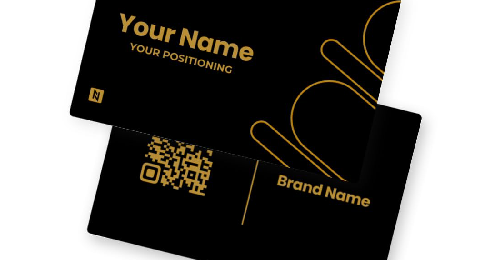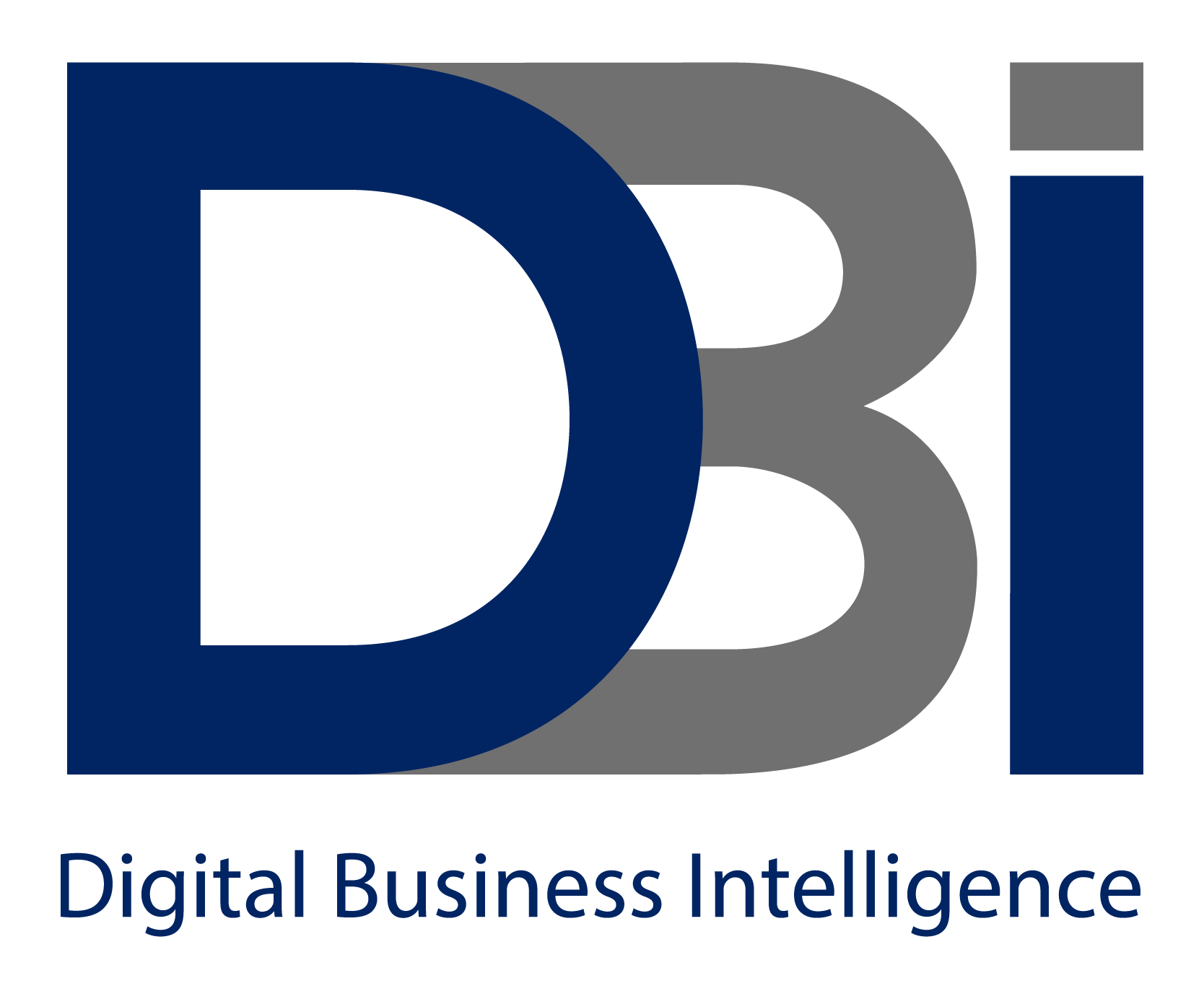There are several advantages to audience segmentation. Reviewing a strategic PPC audience framework’s advantages is important.
Delivering the right message to the right person at the right time has always been the goal of PPC advertising Even now. But how can you be sure that you are reaching the right audience and that you’re messaging is excellent?
Every PPC strategy should include audience definition and development at its heart
Your audience framework should be supported by each one of your approaches, including account structure, keywords, bidding, and everything else. The amount of advertising reaching consumers is overwhelming. Every day, Americans view tens of thousands of advertisements. Brands are always begging for greater recognition. All of this eventually just sounds like noise to overloaded customers who are constantly barraged by their digital gadgets. To connect with their audience, marketers must cut through the clutter. To better understand what customers of all generations from Gen Z to Baby Boomers want from advertisements, GWI published research in March 2021. As stated by the authors:
“All in all, younger consumers have a more diverse list of expectations when it comes to advertising. Most notably, they show signs of wanting to connect with an ad on an emotional level. Their older counterparts, on the other hand, are drawn to the functional, more tangible, benefits of ads.”
What do consumers expect from advertisements? Four motifs showed up:
- Be fun to watch.
- Please provide product details.
- Offer specials and discounts.
- Be pertinent to me and who I am.
- Your brand’s potential customers probably share some characteristics. They are constantly exposed to ads everywhere.
Relevant information, amusing concepts, and deals/promotions that spur action are all part of messaging that connects and breakthrough. It’s challenging enough to establish a long-lasting relationship with your audience, but businesses also need to sustain that connection to increase brand loyalty and lifetime value.
- According to a Retail Touchpoints survey, 34% of customers tested new products during the COVID epidemic.
Brands must segment their target audiences to offer pertinent messages, evaluate performance, and refine strategies. Segmentation is included here:
- Separating current clients from potential clients.
- Clients with a high LTV.
- Customers who make regular purchases.
- Those who haven’t lately engaged with your brands.
Better understand your audiences and your business
To segment consumers, more fundamental questions about your company must be addressed. It may be argued that arbitrary audience segmentation is worse than none at all. Consider characteristics that many people in your audience will have in common and categorize those characteristics. A few characteristics listed below can aid in developing targeted audiences:
- Despite being familiar with your brand and having visited your website,
- Not familiar with your brand or have never visited your website before
- People who have interacted with your brand (request info, emails, etc.)
- consumers who previously bought your goods or services
- Customers who have made many or substantial purchases
- Customers who have not purchased for a while
This segmentation procedure ought to provide information about your sales cycle, the messaging used at each stage, and how customers interact with your business. The audience groups for your brand should be tailored to your marketing and sales requirements, but the aforementioned characteristics should serve as a jumping-off point for your creative process. The audience should not be defined only once. Review your audience framework frequently to make sure the segmentation still supports your primary business goals.
Craft messaging that stands out from the noise
Each audience subgroup is unique. They each have different connections to your company and different requirements and interests. A qualifying indicator of your audience structure is messaging. The messaging should be specific to each audience segment. You could discover that some of the messages sound identical when you develop your audience structure and the related ad strategy. This can suggest that your target audiences aren’t as distinct or well-defined as they could be. Your audience approach won’t be as effective if you distribute the same advertising to all of your segments. Make sure your audiences are both big enough to support impression volume and distinctive enough to necessitate tailored marketing. You can concentrate on developing messages that stand out from the crowd when you have clearly defined audiences and focused creativity. You can capture each audience’s interest while also creating a connection that, ideally, will ring true and motivate action.
Build better-paid media plans
Creating an audience framework enables you to comprehend how to communicate with these individuals. You can have audiences that are thought to be upper-funnel with little brand knowledge. You’ll most likely want to target consumers that are already familiar with your brand and who are current clients. These characteristics will affect how you develop a paid media strategy to reach these populations. Most people only think about keyword-based paid search advertisements when they think about search engine marketing. Paid search is currently a small part of the PPC ecosystem. You have access to a large variety of distribution channels inside Google and Microsoft:
- Paid searches
- Search Associates (Google)
- Google Ad Network (MSAN, Microsoft)
- Discourse Network
- Discovering videos on YouTube
- Campaigns for Shopping Apps
- Localized Advocacy
These mediums provide unique chances to find and interact with your target audience. For instance, you could need to reach out and present your business via YouTube or Display to an audience that is unaware of or has little interest in your products. Your messaging will be more focused and your media purchase will be more targeted with a solid audience structure. Hopefully, everything makes sense and you are prepared to create or reevaluate your audience approach. In the following time, we’ll get deeper into the technical aspects of PPC audience creation, segmentation, and administration. Access to audience profile data will become more restricted as privacy concerns take precedence. Together, let’s create a future strategy!








